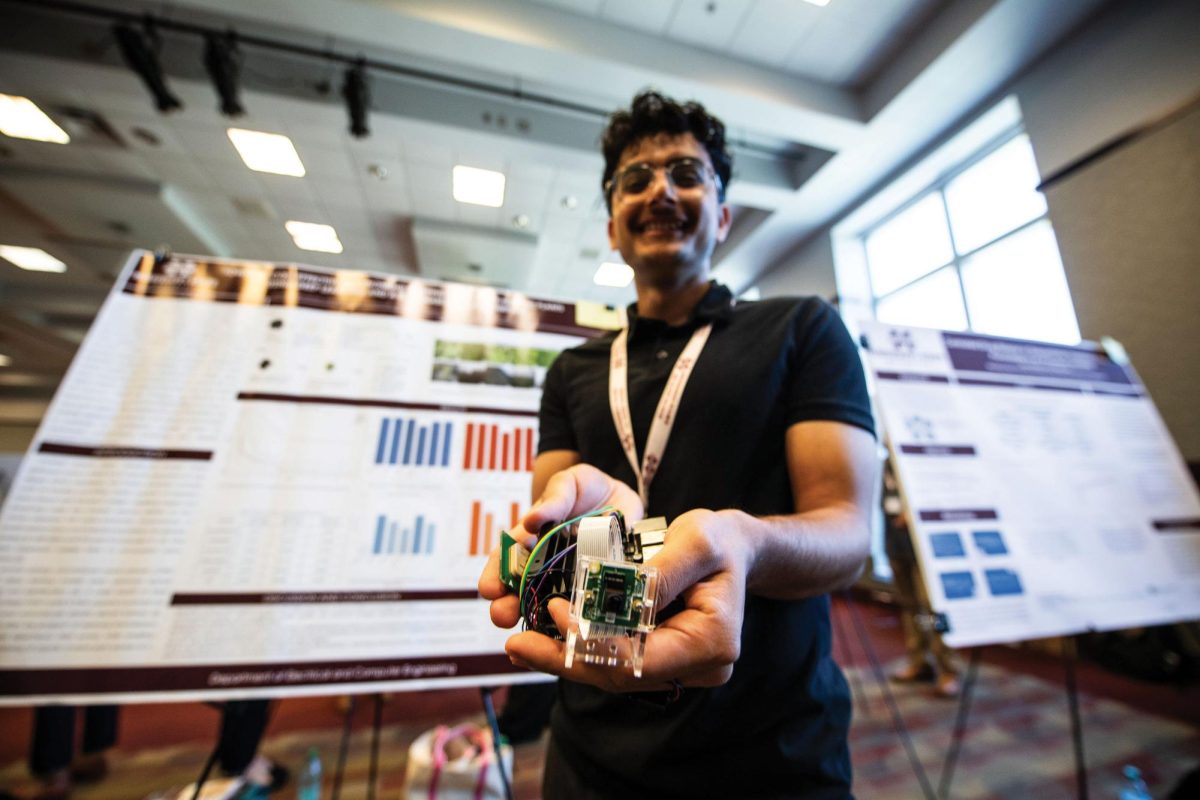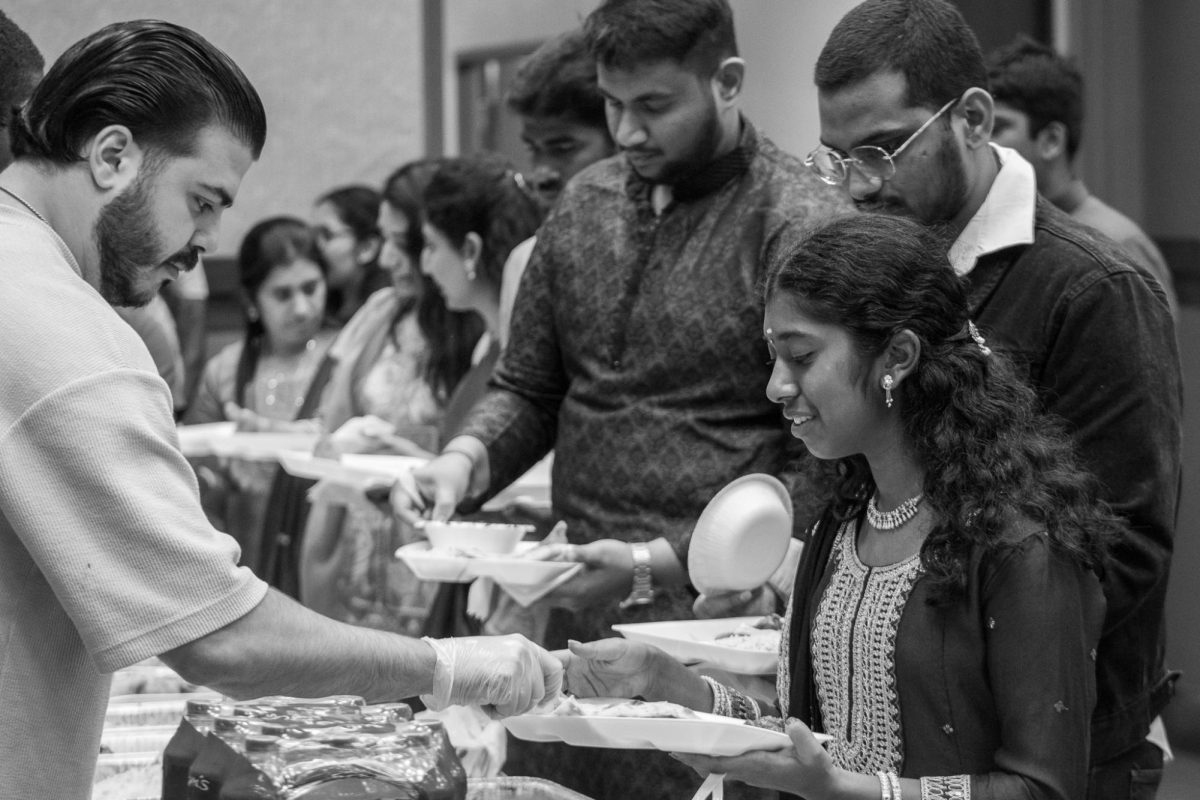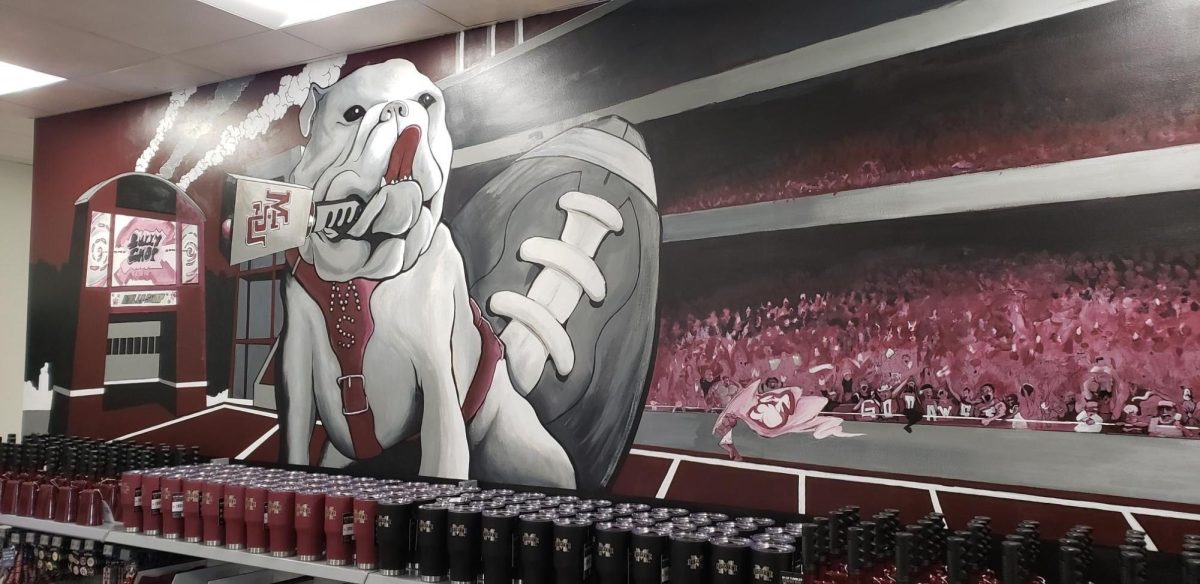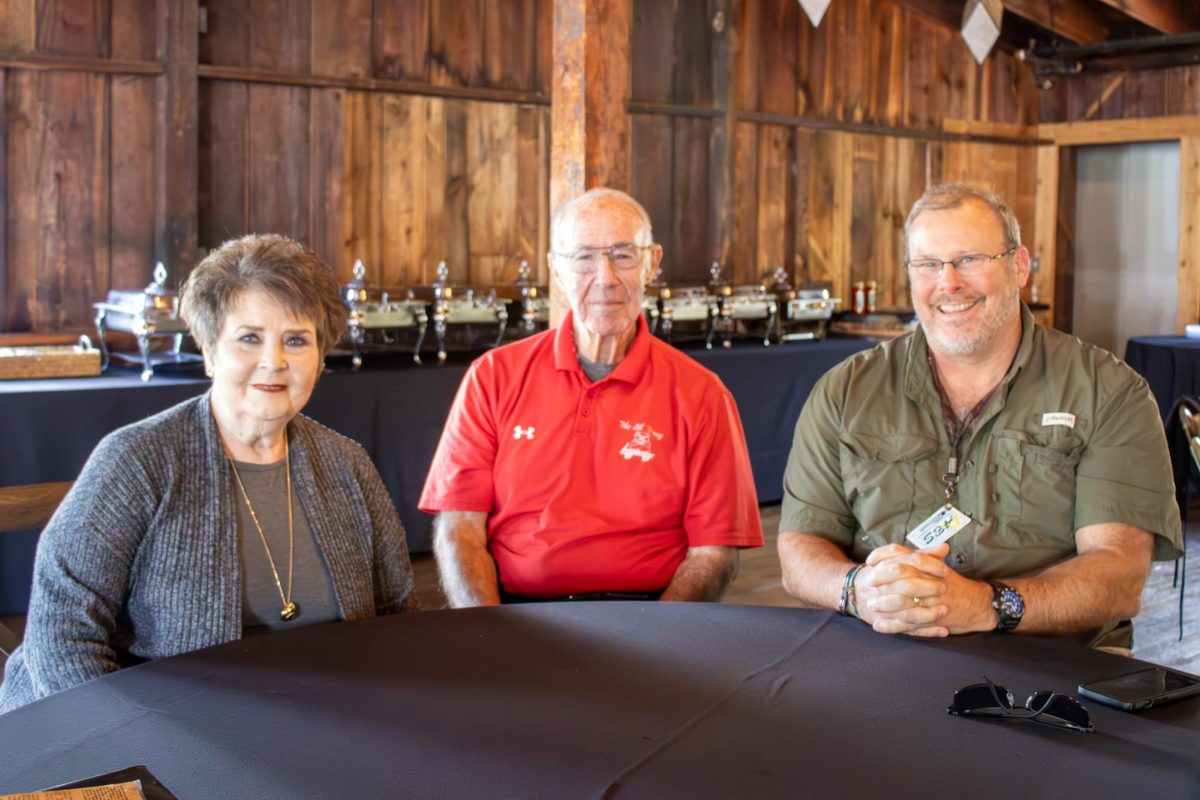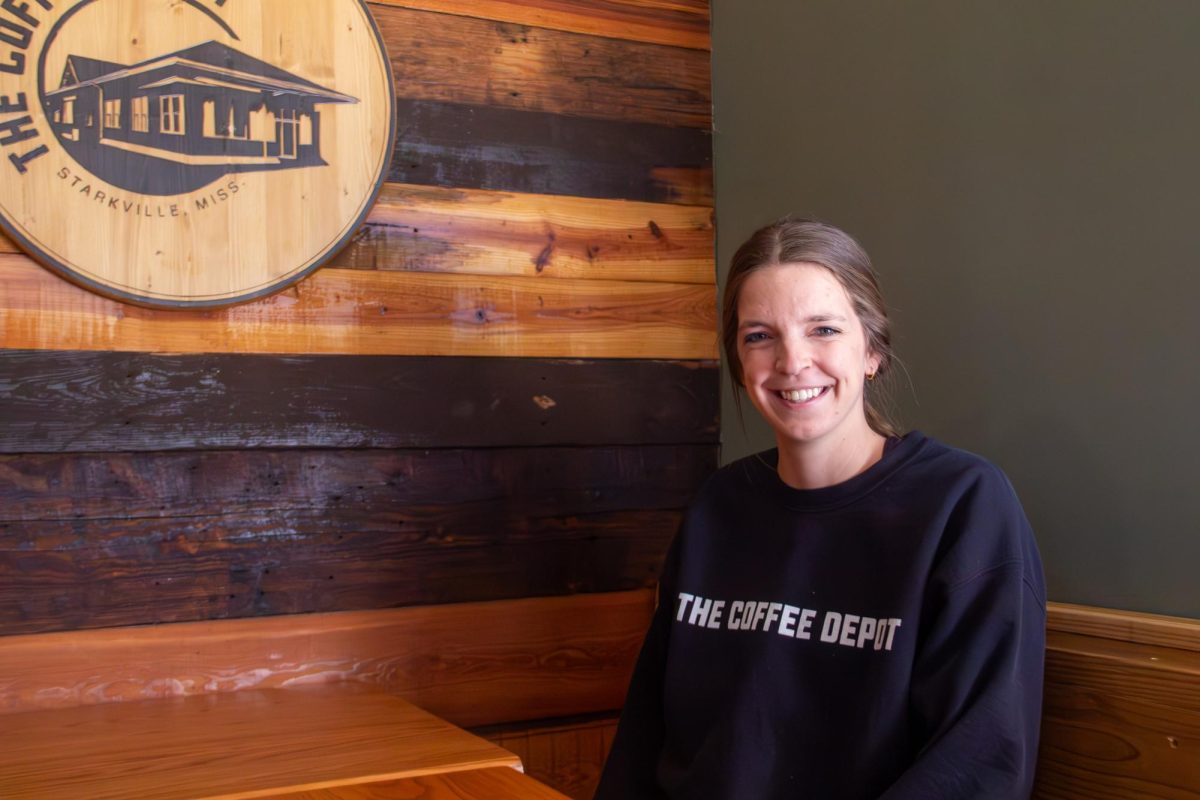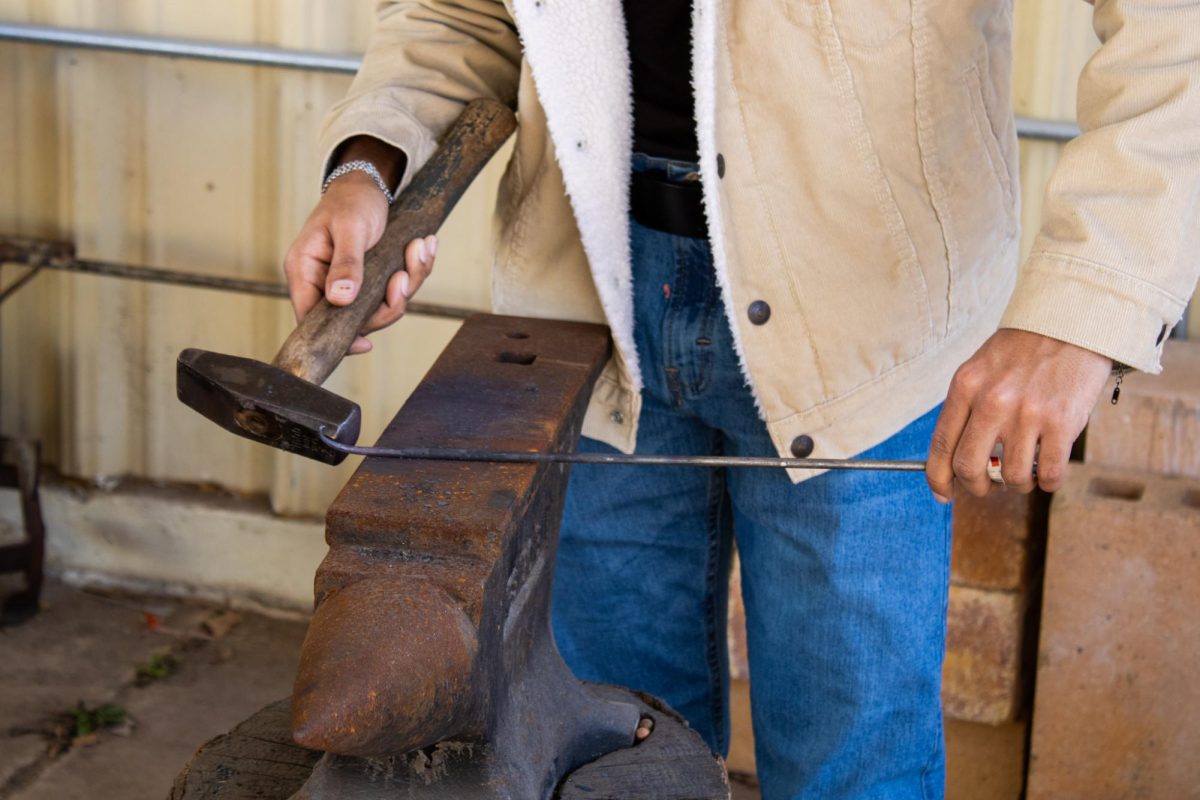Mississippi State University’s mascot may be a Bulldog, but MSU’s campus is thriving with cats. Found all over campus, these felines linger around the shrubs of buildings as students and faculty stroll to class. Most everyone has seen, and possibly even pet, the cats that lounge around campus, most notably near the perimeters of the Colvard Student Union, McCool Hall, Montgomery Hall, McCarthy Gymnasium and the Writing Center.
The cats of MSU even have an Instagram account (@msstatecampuscats) dedicated to candid pictures of the cats basking in the college atmosphere. The social media account has a running of about 973 followers and allows for photo or video submissions of campus cat sightings. Despite the hype, many passersby on campus are unaware of how or why the cats found their permanent residence with the Bulldogs. In hopes to appease the curiosities about these cats, I asked a variety of people—students, professors, and other faculty potentially affiliated with the cats’ whereabouts—about their knowledge of the cats on campus to gather as much information to familiarize students with the finer details of the felines.
While the cats are fairly popular, their whereabouts are relatively unknown. Robert Montgomery has long-term affiliations with MSU. He was a former MSU student and now lectures sociology and philosophy of religion courses here at his alma mater. Montgomery has taught for over a decade and, like many around campus, admits to knowing very limited information on the cats.
“I’ve seen cats around for the last 10 years I’ve been here. At different buildings, I’ve seen little food bowls put out or little aluminum dishes put out for them. I don’t know if different departments take care of them or not. I’ve seen students give them stuff,” Montgomery said.
Montgomery does not find their presence a nuisance in any way.
“I like having them around. They’re relaxing; it’s like having birds and anything else around. I enjoy seeing them in the bushes. Some will come out and talk to you and get close,” Montgomery said.
Sophie Bignault, a sophomore majoring in geoscience, says she also enjoys seeing the cats around campus and even feeds them from time to time.
“When I see them it makes me happy, and it makes them happy to give them treats,” Bignault said.
Bignault also notes the benefits of having cats on campus.
“Even if you don’t own pets, just interacting with animals like that can help relieve stress. Of course, those cats could also get rid of rodents.”
Business manager Kathy Kelly of the Department of Kinesiology has worked in McCarthy Gymnasium since 2002 but has been on the MSU campus since 1994. Kelly shared her ongoing experiences with the campus cats, specifically around McCarthy Gymnasium.
“The cats used to come out in the gym, and when you were playing tennis or walking in the gym, you could see the cats up in the rafters. When I went up in the front of the building, I started putting out food for the cats,” Kelly said.
Many are unsure of the cats’ exact origins, but many seem to believe they simply come from owners abandoning or losing their pet feline
“What we all feel is that students have brought cats on campus and they leave, or the cats run off and they can’t find them. There’s neighbors and faculty housing, so cats are just drawn to where other cats are,” Kelly said.
Kayleigh Few, an English instructor since 2012 and director of the Writing Center since 2016, has frequent encounters with the cats and even has passersby share comments about the Writing Center cats.
“I get a lot of people walking by, not just students, but faculty and other staff who will comment when they walk by. I had a lady once say she walks this way to her car just so she can see them,” Few said.
Kayleigh Few believes the cats add a unique feature to the Writing Center building.
“We always talk about how we want students to feel comfortable here, and we’re in an actual house so I feel like they just kinda add to the ambiance here. If anything, having the cats helps bring students to the Writing Center,” Few said
The staff t-shirts for the Writing Center include a sketched outline of the building with little cats surrounding its front porch entrance. Few held up the t-shirt with the cat silhouettes around the porch of the Writing Center sketch and said, “It’s definitely part of the experience.”
Both Kelly and Few explain some people on campus did not appreciate them feeding the cats, but both women work with the Humane Society to accommodate.
“There’s a couple of women affiliated with the Humane Society that work on campus. We will get together, especially when we see new cats, and we’ll set traps out to catch them. Once they’re in the cage, we take them to the Humane Society,” Kelly said.
At the Humane Society, the cats are fixed and given shots. Kelly noted a notch on a cat’s ear indicates the cat has been “fixed.”
Kelly said the Humane Society puts together makeshift shelters for the cats. The shelters may be seen around buildings like McCool or the McCarthy Gymnasium. They are composed of sturdy plastic tubs stuffed with pine straw for warmth.
Though the cats are fixed and present no danger to students, Kelly says they are still feral animals and should be met with caution.
“We do what we can. The students will be fine as long as they don’t try to grab them. Be smart, and respect their area. You can talk to them and look at them and take pictures. I take pictures of them all the time, and they’re fine with stuff like that,” said Kelly.
Kelly believes the campus cats are a comfort to many students.
“I think they’re a comfort on campus. I know when I need a little break from here, I can walk out to where they are and go talk to them. Animals are known to have that soothing therapy.”
Likewise, Few holds similar sentiments about the cats.
“They’re an enjoyable part of my job. I don’t get paid to do feed them. Some days, they’re the only things keeping me going,” Few said.








